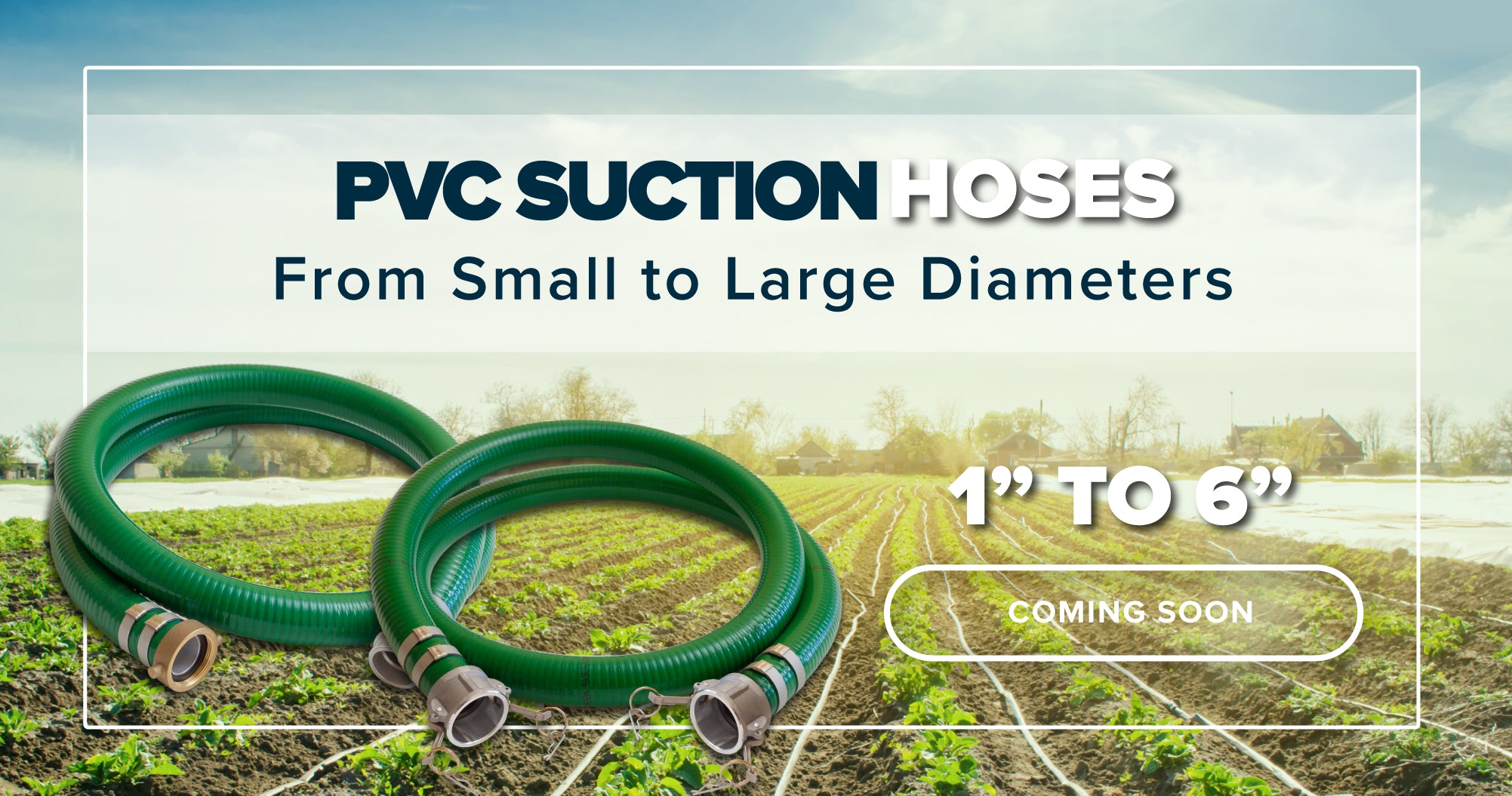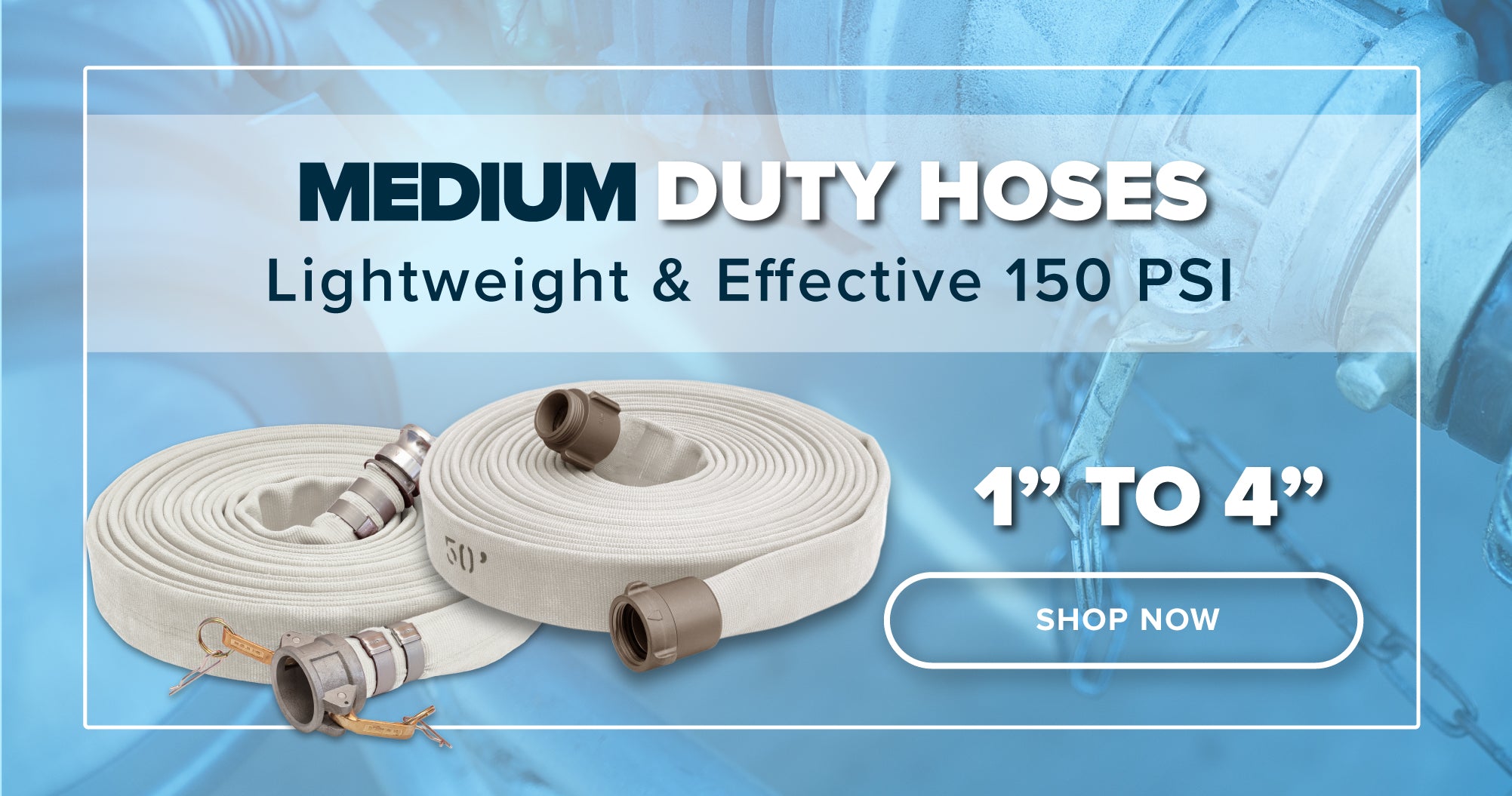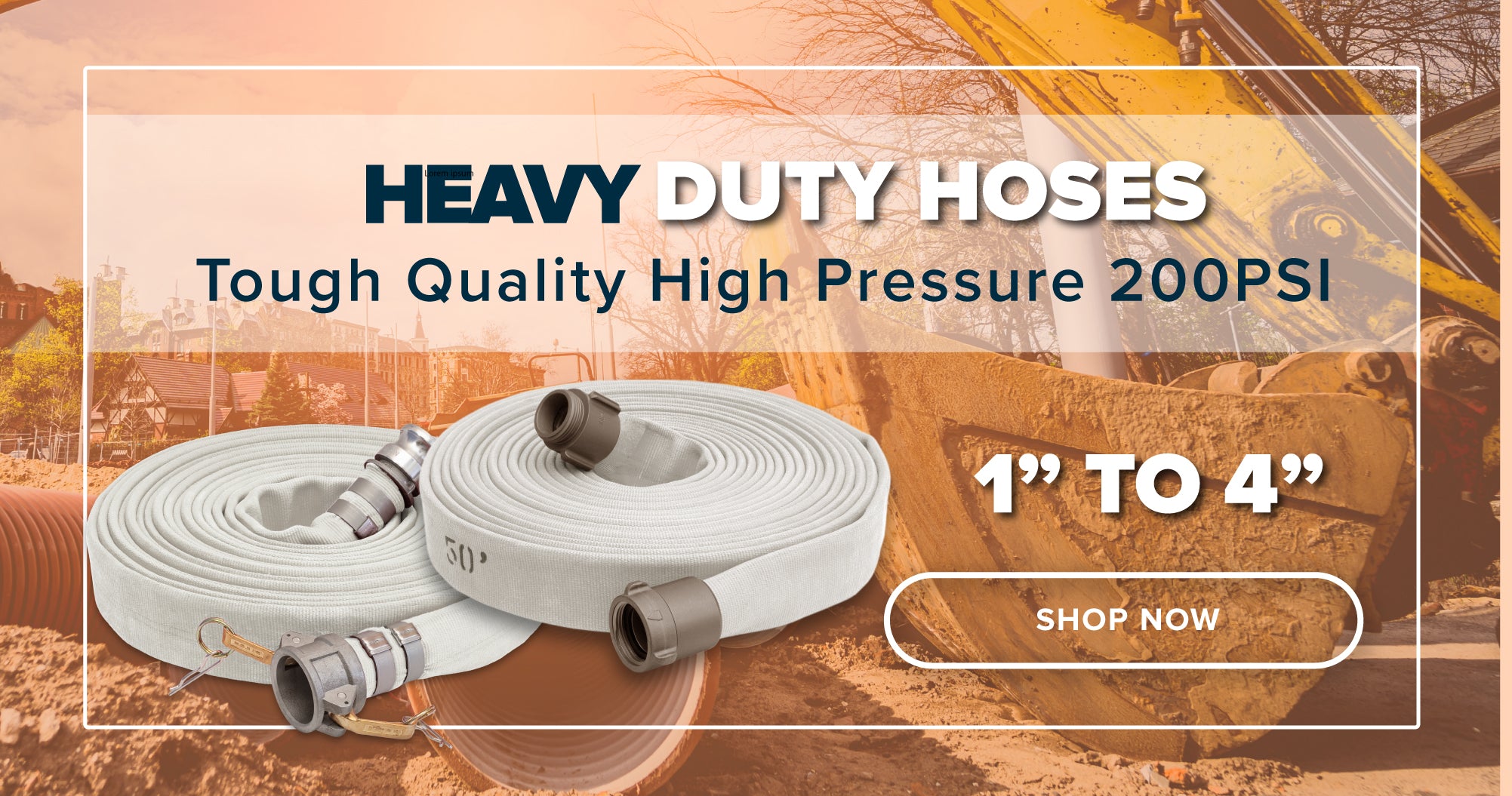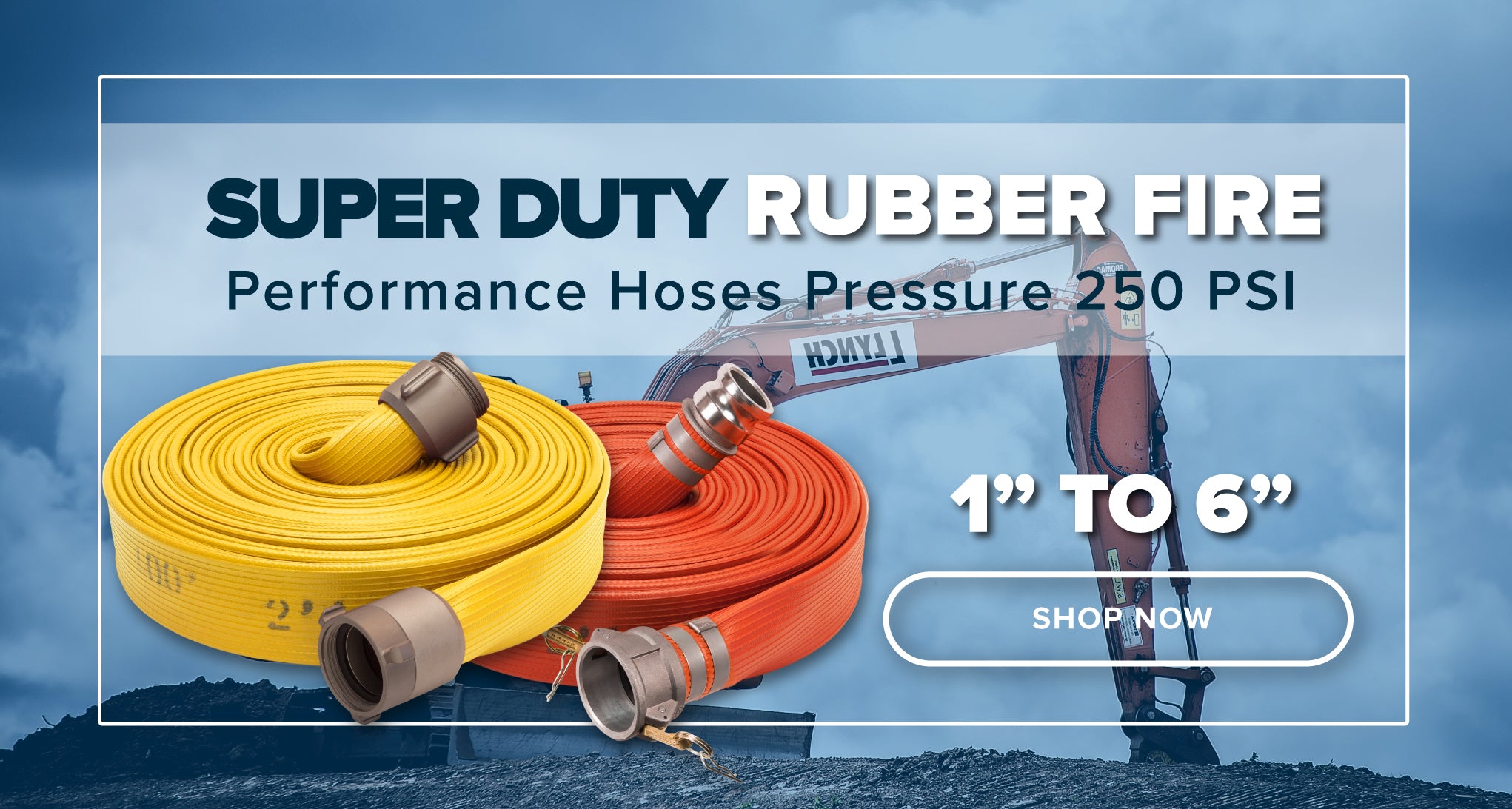Hoses are an integral component of fluid transfer systems, whether in industrial, agricultural, construction, or residential applications. Two fundamental types of hoses commonly used in these contexts are suction hoses and discharge hoses. These hoses serve distinct purposes and are designed with specific characteristics to optimize their performance. In this comprehensive guide, we will delve into the differences between suction and discharge hoses, exploring their unique features, applications, and considerations for choosing the right one for your needs.
Understanding Suction Hoses
Suction hoses, as the name suggests, are designed for the purpose of suction or drawing fluids from one location to another. They are typically used in scenarios where the fluid source is below the pump or where gravity helps facilitate the flow. Here are the key characteristics and applications of suction hoses:
1. Construction and Material:
Suction hoses are constructed to withstand the vacuum pressure created when the pump draws fluids. To achieve this, they are usually reinforced with spiral wire, helical wire, or other reinforcement materials that provide structural integrity. The reinforcement prevents the hose from collapsing under the vacuum, ensuring a continuous flow of fluid.
2. Suction Head:
The suction head or lift is the maximum vertical distance that a suction pump can lift a fluid. Suction hoses are specifically designed to accommodate the suction head, and they must be able to handle the associated pressure drop without collapsing. The length, diameter, and material of the suction hose all play a role in determining the achievable suction head.
3. Applications:
Suction hoses are commonly used in applications such as:
- Dewatering flooded areas or basements.
- Removing water from swimming pools or ponds.
- Transferring liquids from tanks or containers.
- Extracting groundwater or well water for irrigation.
- Pumping slurries or viscous liquids from one location to another.
4. Choosing the Right Suction Hose:
When selecting a suction hose, it's essential to consider factors such as the hose material, diameter, length, and reinforcement type. The compatibility of the hose with the fluid being pumped is critical to prevent degradation or reactions with the hose material.
Exploring Discharge Hoses
Discharge hoses, often referred to as lay-flat hoses, serve the opposite function of suction hoses. They are designed to transport fluids away from a pump to a designated location, typically at a lower elevation than the pump. Discharge hoses have distinct characteristics and applications that set them apart:
1. Construction and Material:
Discharge hoses are constructed to handle the pressure created by the pump, which forces the fluid out of the hose. They are reinforced with materials that provide strength and prevent bursting under pressure. These hoses are designed to maintain their shape when empty and can be rolled up flat for storage.
2. Applications:
Discharge hoses find applications in various scenarios, including:
- Agricultural irrigation to distribute water to crops.
- Construction sites for removing excess water or slurry.
- Firefighting to deliver water from a fire hydrant or pump to the fire scene.
- Oil and gas industry for transferring liquids and slurry.
- General water transfer tasks, such as emptying a tank or filling a pool.
3. Choosing the Right Discharge Hose:
When selecting a discharge hose, consider factors like the hose material, diameter, length, and pressure rating. Matching the hose's specifications with the pump's output capacity is crucial to ensure efficient fluid transfer. It's also essential to choose the appropriate fittings and connections for your specific application.
Key Differences Between Suction and Discharge Hoses
Now that we have explored the individual characteristics and applications of suction and discharge hoses, let's summarize the key differences between these two types of hoses:
1. Flow Direction:
The primary distinction between suction and discharge hoses is the direction of fluid flow. Suction hoses are used to draw fluids into the pump, while discharge hoses are used to expel fluids away from the pump.
2. Reinforcement Type:
Suction hoses are reinforced to withstand vacuum pressure and prevent collapsing, whereas discharge hoses are reinforced to handle the pressure generated by the pump, ensuring they maintain their shape when pressurized.
3. Applications:
Suction hoses are employed when fluids need to be lifted or drawn from a lower source, such as dewatering a flooded area or extracting groundwater. In contrast, discharge hoses are used to distribute fluids to a lower location or to transport fluids to a distant point.
4. Construction and Material:
Suction hoses are designed to resist collapsing under vacuum, so they have a structure that provides stability. Discharge hoses are built to handle pressure, ensuring they don't burst when fluids are pumped through them.
5. Compatibility with Pump Type:
The choice between suction and discharge hoses depends on the type of pump being used. Suction pumps are compatible with suction hoses, while centrifugal or positive displacement pumps are typically paired with discharge hoses.
6. Storage and Handling:
Discharge hoses are easier to store and handle when not in use because they can be flattened for compact storage. Suction hoses, due to their reinforcement, may be less flexible and more challenging to handle and store.
Conclusion
In summary, suction and discharge hoses are essential components of fluid transfer systems, each serving a specific function and designed with distinct characteristics. Suction hoses are used to draw fluids from a lower source to a pump, while discharge hoses transport fluids away from a pump to a lower or distant location. Understanding the differences between these two types of hoses, as well as their applications and construction, is crucial for selecting the right hose for your specific fluid transfer needs. Whether you're dewatering a flooded area, irrigating a field, fighting a fire, or handling other fluid transfer tasks, choosing the appropriate hose type is essential to ensure efficient and reliable performance.







